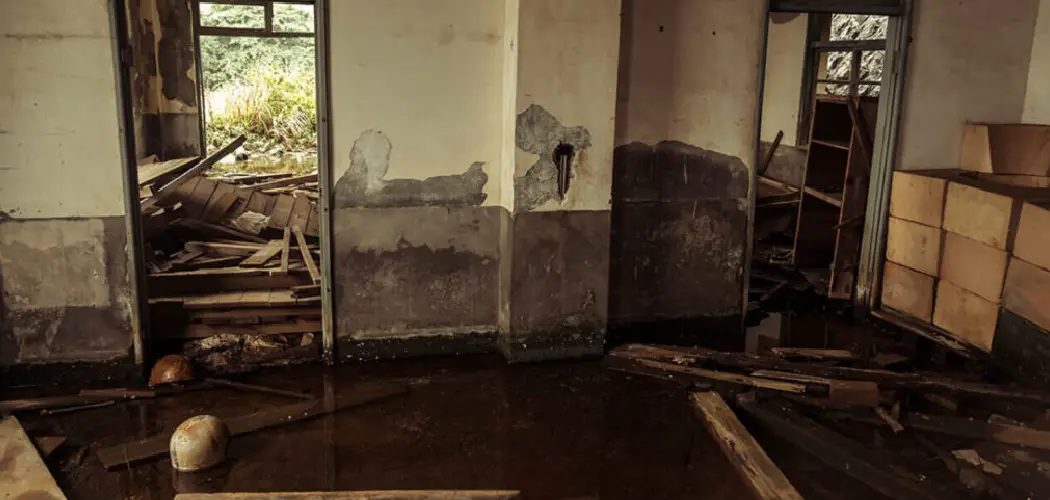If you have a wet crawl space, it can cause various problems. Moisture in the crawl space can lead to mold growth, wood rot, and insect infestations, all of which can be costly and time-consuming to repair. Keeping your crawl space dry by controlling the moisture levels is essential for maintaining a healthy home.
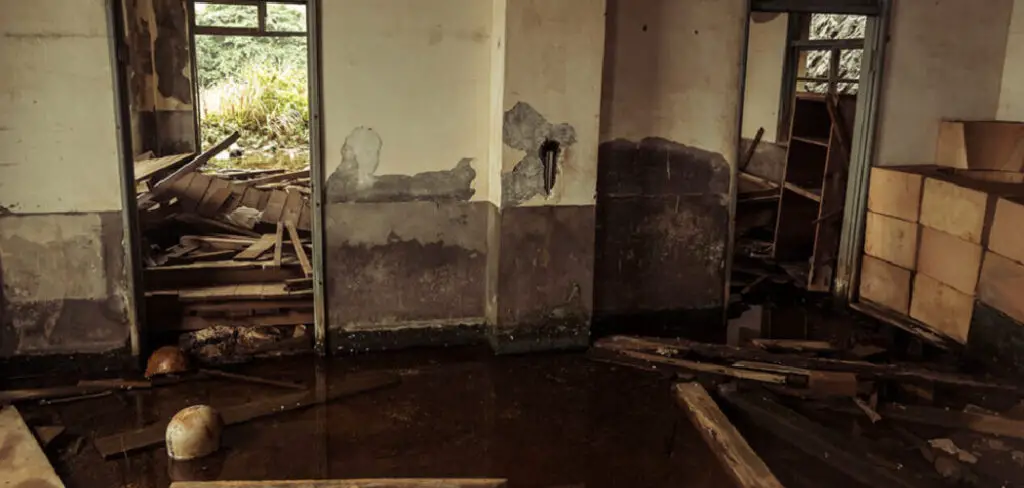
There are many advantages to drying out wet crawl space. One of the main benefits is that it can help reduce the risk of mold and mildew growth in your home due to excess moisture. It can also make a big difference in energy efficiency, as damp air makes it difficult for your HVAC system to keep your living spaces at the right temperature. You can find step-by-step instructions on how to dry out wet crawl space in this blog article.
Step-by-step Instructions for How to Dry Out Wet Crawl Space
Step 1: Inspect the Crawl Space for Standing Water
If there is standing water in the crawl space, it will need to be removed before drying out can begin. Use a sump pump or a wet-dry vacuum to remove any excess moisture. Check the walls and floor of the crawl space for signs of leaks from outside sources. Inspect any pipes or AC units for signs of leaks, and check windows and doors for any gaps that might allow moisture in.
Step 2: Clean Out Debris and Remove Any Sources of Moisture
Remove any materials from the crawl space that are trapping moisture, such as cardboard boxes or open containers. If there is standing water, use a wet-dry vacuum to remove it. A crawl space dehumidifier will help to draw out moisture from the air and reduce humidity levels in the area. Place the dehumidifier in the center of the crawl space near any sources of moisture.
Step 3: Monitor Humidity Levels
Monitor the humidity levels in the crawl space with a hygrometer, and adjust the dehumidifier settings as needed to keep levels below 60%. Increase ventilation by opening up vents and adding additional fans to help circulate air and reduce moisture levels.
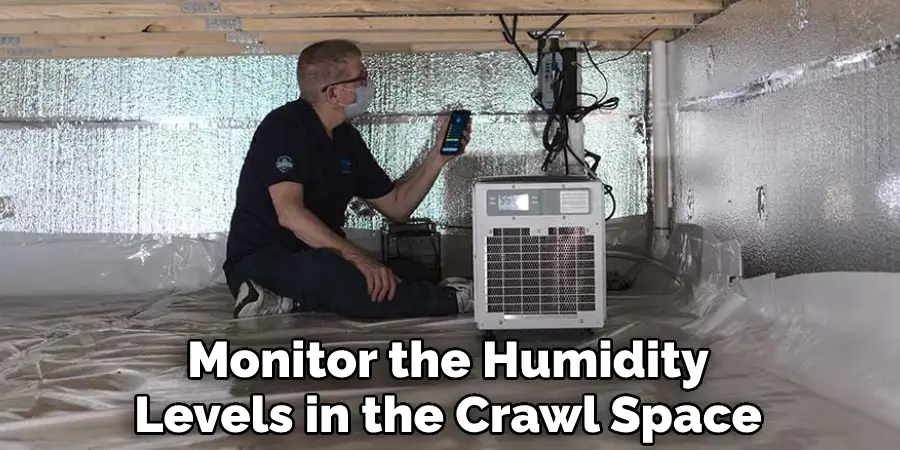
Step 4: Apply a Moisture Barrier
Cover the crawl space floor with a thick plastic sheet to create a moisture barrier and help keep water out. Use staples or duct tape to secure it in place. If the water problem is recurring, installing a French drain system can help to channel excess water away from the crawl space.
Step 5: Anchor Sump Pump Lines
If you have a sump pump installed in your crawl space, ensure that all the lines are securely anchored and in good condition. Check the humidity levels in your crawl space on a regular basis, and make any necessary adjustments to ensure that the area stays dry.
Following these steps and monitoring moisture levels regularly can prevent future water problems and keep your crawl space in good condition.
Tips for How to Dry Out Wet Crawl Space
- Always wear protective gear like a dust mask, safety goggles, long sleeves and pants, boots, and gloves while drying out the wet crawl space.
- Ensure all electrical wiring is turned off before drying out the wet crawl space.
- Ventilate the area as much as possible by opening windows or using fans to provide fresh air.
- Remove any standing water in the crawl space using a shop vac or sump pump.
- Install a vapor barrier on the ground to keep moisture from seeping back into the crawl space.
- Encapsulate walls with insulation and seal all cracks and crevices with caulk or spray foam sealant.
- Clean the crawl space and remove any mold or mildew.
- Use a dehumidifier to further dry out the air in the crawl space.
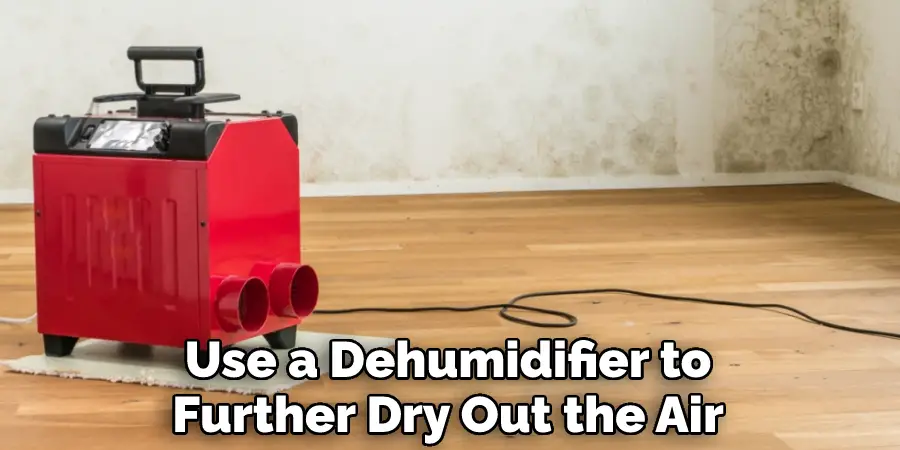
Following these tips can help ensure that your crawl space is dried out safely and properly, preventing more water damage and keeping your home safe.
How Can Drainage Be Improved to Keep Out Water From Entering Your Crawl Space?
- Start by inspecting your home’s foundation and nearby landscaping to identify any areas where water could be entering or collecting around the crawl space. Check for cracks in the concrete, clogged or broken gutters and drains, improper grading around the exterior walls, etc.
- Make repairs as needed to address any issues identified in your inspection, such as sealing concrete cracks with a waterproof sealant or repairing damaged gutters and drains.
- Consider installing an interior drainage system for your crawl space to help channel any water away from the area and prevent it from pooling up in this area of the home. This may include a sump pump, French drain, or a combination of both.
- Install a vapor barrier to help keep moisture out of your crawl space by creating an airtight seal over the floor and walls. This will also help protect building materials from condensation and mold growth.
- Make sure that all vents are screened off to prevent pests from entering the crawl space and to ensure that the vents are actually providing airflow.
- Install a dehumidifier in your crawl space if needed to reduce humidity levels and help keep the area dry. Make sure to check for and clean out any standing water regularly and inspect the drainage system for clogs or other issues that may cause moisture backup.
These steps can help ensure that your crawl space remains dry and comfortable for years to come. Proper drainage and ventilation prevent water from entering the area and causing costly damage.
How Often Should the Dehumidifier Be Used and How Much Water Should It Be Able to Remove?
Once your dehumidifier is installed, it should run continuously to keep the humidity levels low. How much water your dehumidifier can remove depends on its size and capacity. In general, a 30-pint unit should be able to remove up to 30 pints of water per day from a crawl space. It’s important to remember that dehumidifiers are not a “set it and forget it” solution. You should regularly monitor the humidity levels in your crawl space and adjust the settings on your dehumidifier accordingly. It’s also important to regularly maintain and clean your dehumidifier to continue operating efficiently and effectively.
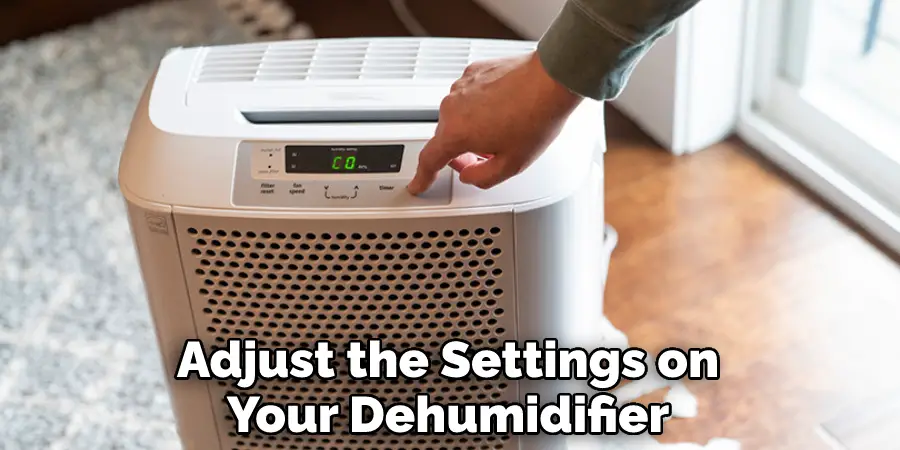
If you’ve successfully dried out your wet crawl space but are still experiencing high humidity levels, it may be time to invest in a higher-capacity dehumidifier or other solutions, such as HVAC systems with whole-house dehumidification capabilities. Contact a qualified professional if you need help finding the right solution for your home. With proper maintenance and usage, a dehumidifier can help keep your crawl space dry and free of mold or mildew.
How Can You Prevent Future Problems With Wet Crawl Spaces?
- Install a Vapor Barrier in the Crawl Space: A plastic or foil vapor barrier is essential to keep moisture out of your crawl space. This should be installed along the walls and flooring and sealed with tape to ensure it’s completely airtight.
- Inspect Gutters Regularly: Check your gutters and downspouts regularly to ensure they are clean and free of debris. Clogged gutters can cause water to run into your crawl space, leading to further moisture problems.
- Install a Dehumidifier: Investing in a dehumidifier for your crawl space is one of the best ways to keep it dry and devoid of any moisture. Make sure to set the thermostat on the dehumidifier low enough, so your crawl space is at least five percent below the humidity level in your home.
- Ventilate: Improve air circulation within the crawlspace by installing vents along its walls or ceiling, allowing moist air to escape.
- Insulate Pipes: If the plumbing in your crawl space is exposed and not insulated, wrap it with foam pipe insulation to protect it from cold temperatures that could cause condensation and moisture buildup.
- Repair Any Leaks: Inspect for any leaks or cracks in the walls or flooring of your crawl space, and repair them as soon as possible to prevent any further moisture buildup.
By following these steps, you can ensure that your crawl space remains dry and free of any moisture-related problems. This will ensure the longevity and durability of your home and help maintain good air quality within it.
Conclusion
In conclusion, drying out a wet crawl space can be arduous. It requires precise planning and attention to detail, but once the job is done, it will make a huge difference in the overall home environment. A few key steps should always be taken when attempting to dry out a wet crawl space: Identify where the water is coming from, use dehumidifiers to reduce the humidity, and install sump pumps as necessary.
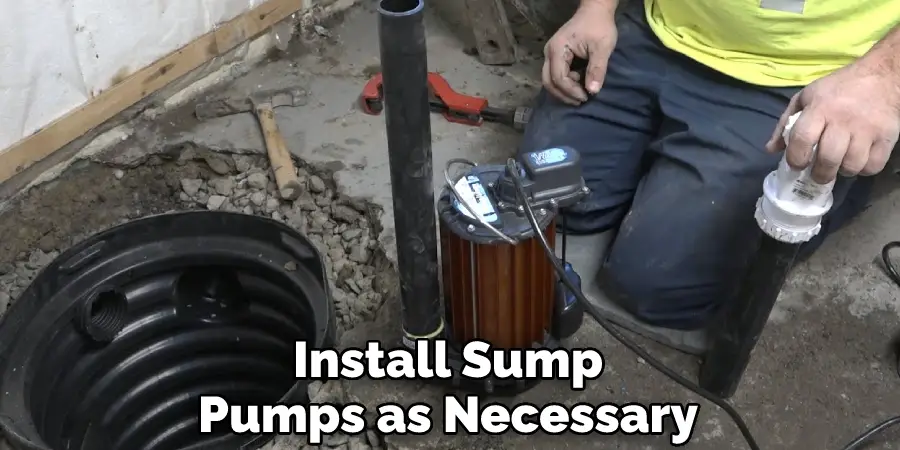
Proper planning allows a wet crawl space to be dried out and returned to a healthy condition in no time. I hope this article has been beneficial for learning how to dry out wet crawl space. Make Sure the precautionary measures are followed chronologically.

